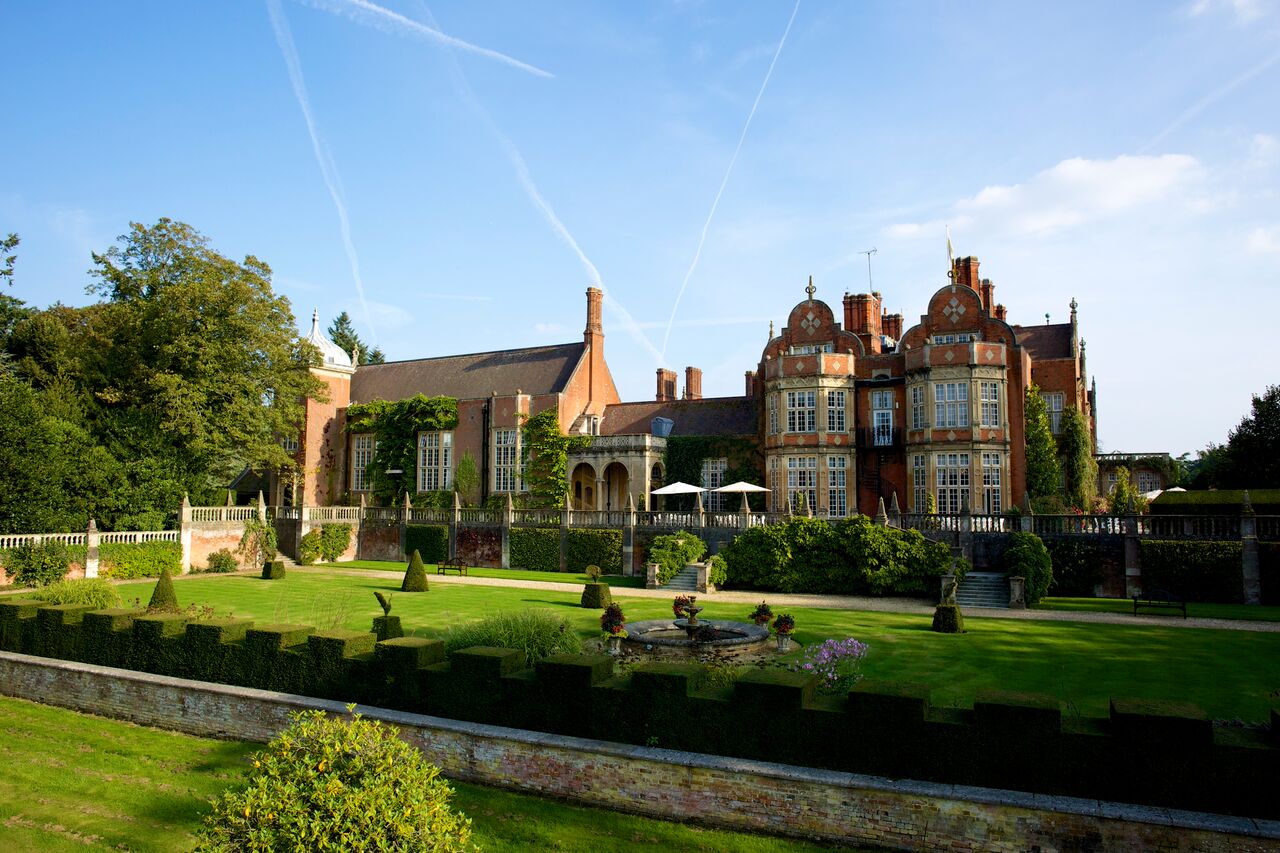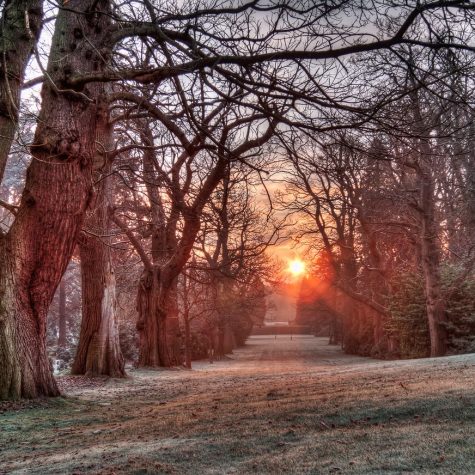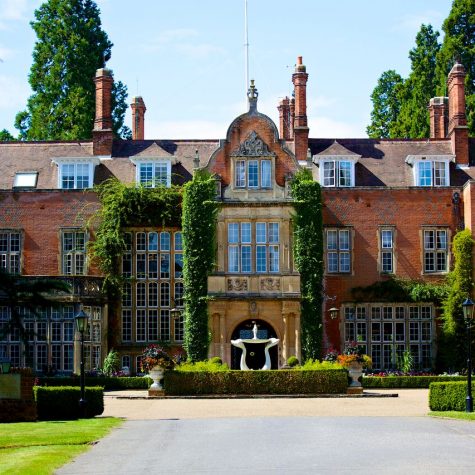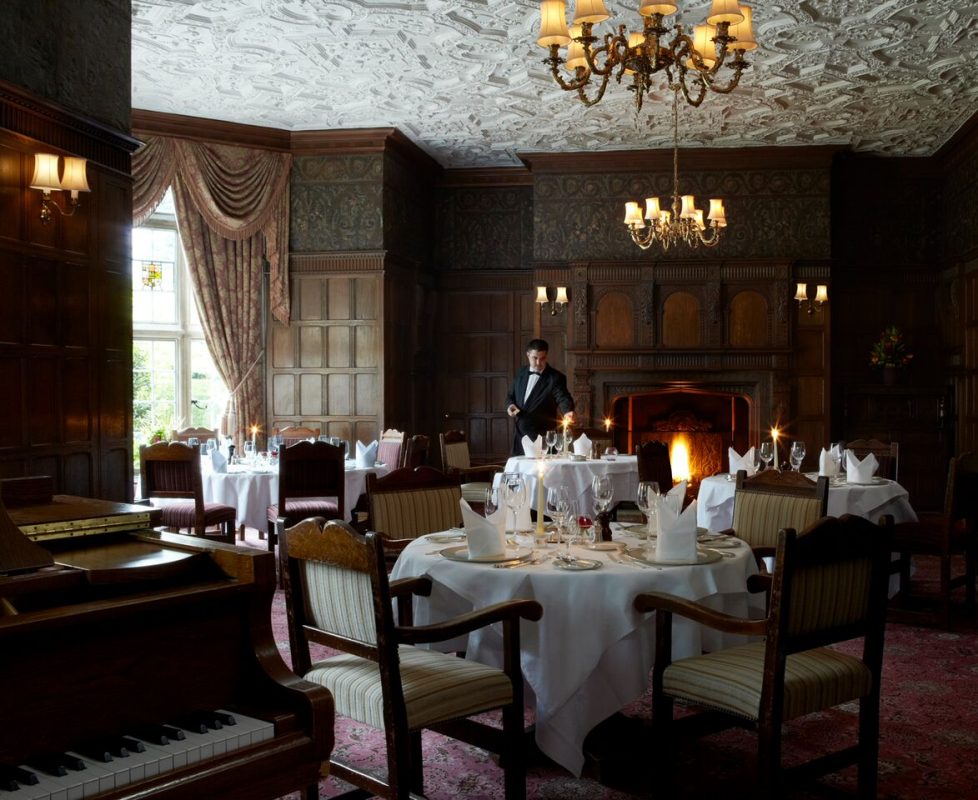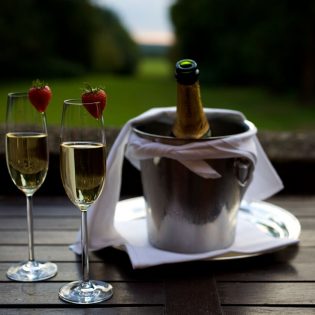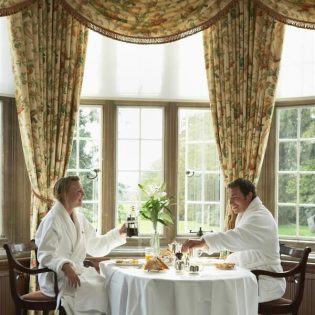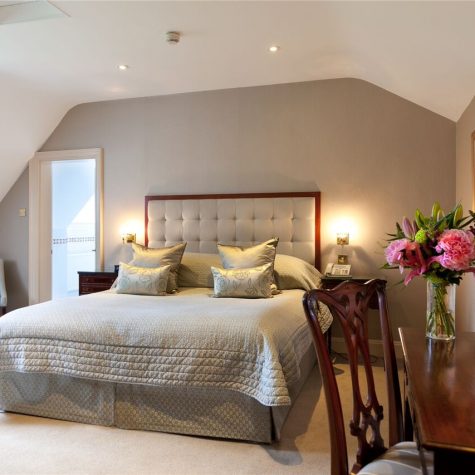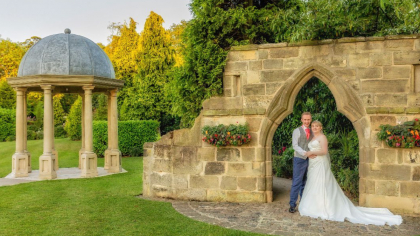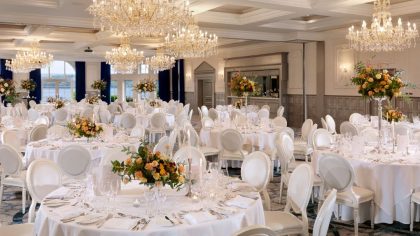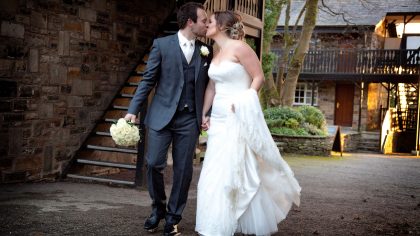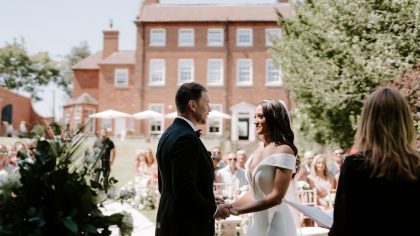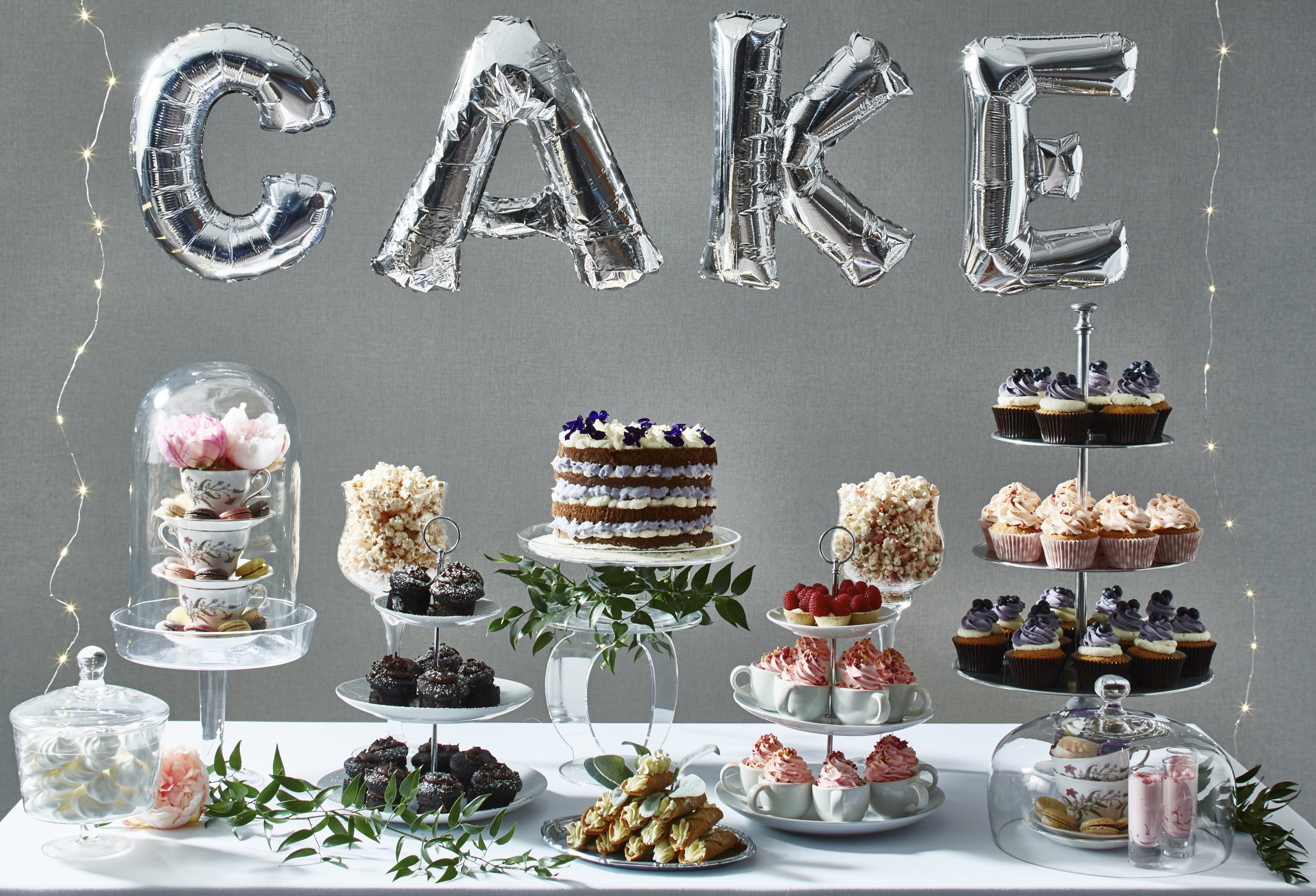There is nothing like the all-encompassing, love-conquers-all romance of Mr Darcy and Elizabeth Bennett in Austen’s Pride and Prejudice to get you in the mood for a spot of wedding planning.
As this year marks the 200th anniversary of Jane Austen’s death and Tylney Hall Hotel & Gardens is right in the heart of the county of Hampshire which she called home, we have been looking at weddings in the 1700s and 1800s to see how they have changed since the era in which the novels were set.
Brides and grooms in Regency England were married off as young as 14 for boys and 12 for girls which is almost impossible to imagine now. As this might suggest, there were few rules about where and when a marriage could take place before 1753. The marriage itself was simply an exchange of vows in the presence of two witnesses, without the need for a license or officiant making for a much simpler affair than we see today.
If you were planning your wedding in the Regency period, you may find yourself short on time too as the length of a typical engagement was often only the three weeks required by law for the marriage banns to be read. This couldn’t be more different from engagements today, with the typical couple needing between six and 18 months to plan (and save) for the wedding of their dreams.
If like most brides, you have your heart set on a big white wedding dress, it may shock you to know that the colour wasn’t associated with brides until the mid-19th Century when Queen Victoria wore a white gown for her wedding to Prince Albert in 1840. If you were a Regency bride lucky enough to be in the upper classes, you may have been walking down the aisle in an ornate gown of gold or silver. But if your family hailed from a lower working class background, there probably wouldn’t have been any money for a new gown, so you would have had to make do with your favourite dress from your wardrobe – not very bridal at all!
Choosing the bridesmaids and having them involved in every aspect of the day is high on most brides’ wedding wish lists, however it wasn’t always this way. In Austen’s England, though bridesmaids were still part of the day, they were typically children within the family and more often than not wore white! The modern expectation of multiple bridesmaids, dressed in matching outfits standing alongside the bride didn’t become a common sight in British weddings until the Victorian Era.
Finally, a bride and groom’s honeymoon looked very different in Regency England. The term ‘honeymoon’ originally related to the first month or ‘moon’ in the married couple’s life and not to a specific, typically extravagant, holiday as we know it today. So there we have it, a brief look at the changing traditions of weddings in England and an idea of what your wedding might have looked like if you were a Regency bride.
If you’re dreaming of an historic venue, in the heart of Jane Austen’s home county, come and visit Tylney Hall Hotel in Hampshire and let us make your dreams for your special day a reality.

